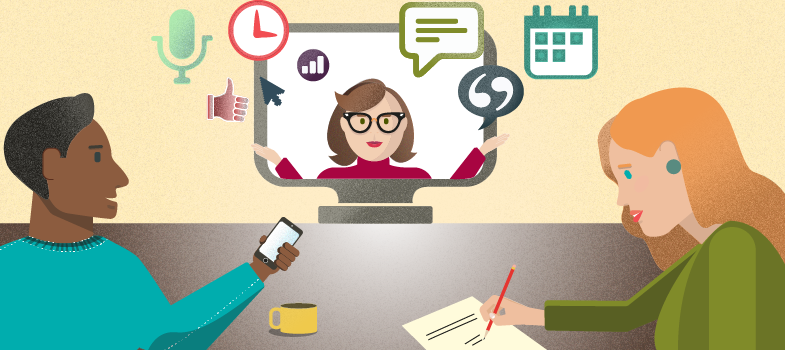3.1 Protecting your privacy on social networks
In Lesson 1 [Tip: hold Ctrl and click a link to open it in a new tab. (Hide tip)] , we looked at various forms of social networking that allow us to communicate and collaborate, and also to share news, ideas and resources.
Twitter and Facebook may help us keep in touch with family, old friends and new friends, but they also expose us to people who may want to steal our personal information. In this section, we will look at how to manage certain features on Facebook to ensure your privacy is protected, such as choosing who can see your profile and your posts. We will also show you how to avoid publishing information that identifies you and may put you at risk.
Facebook, Twitter and most other social media accounts have features to help you protect your privacy. When you go into your account, click on ‘Settings’ to go to a page where you can make changes. This section will show you how to do this on Facebook.
Managing privacy features on Facebook
The privacy settings on Facebook differ depending on the device you access the platform from. Through your internet browser, select ‘Setting’ and ‘Privacy’, then select ‘Privacy Shortcuts’. From your phone, go to your Facebook profile and click on the three dots (…) beside ‘Edit Profile’ and select ‘View Privacy Shortcuts’. You will have the following options:
|
Each of these has settings to give you more choice and control over the level of information you want to share. The privacy settings can be changed so that only select people see what you post. You can also make sure that personal information about you, such as your phone number and email address, remains private.
Activity 3.1: What can you do to protect yourself on social media?
Make some notes here on your concerns about privacy and security on social media.
If you have a Twitter or Facebook account, take a few minutes to explore the privacy settings. What options do you have in your account to address your concerns?
Learning outcomes

